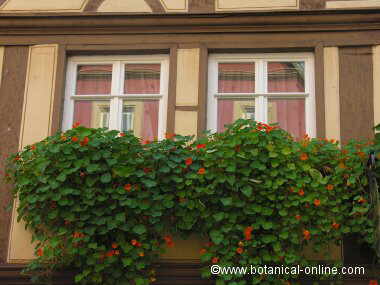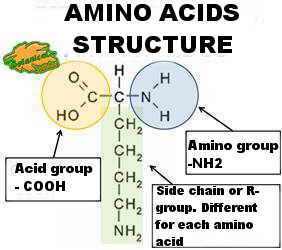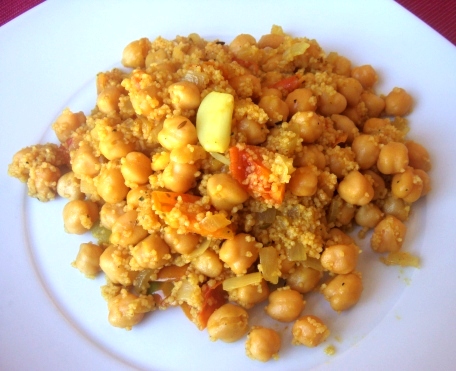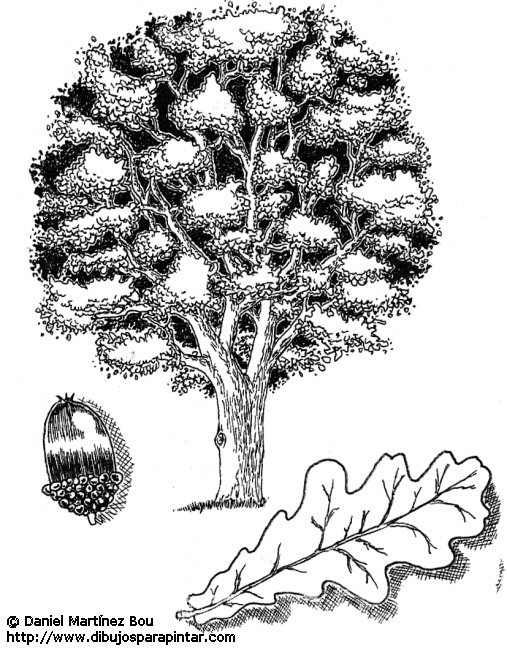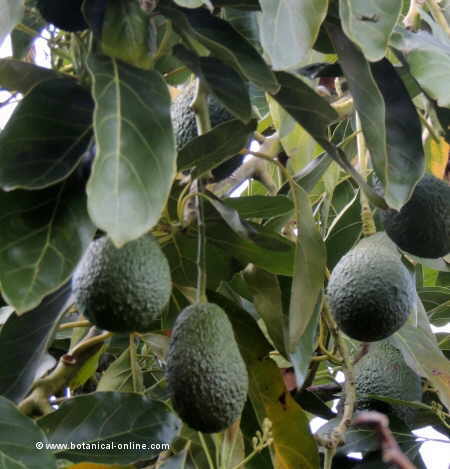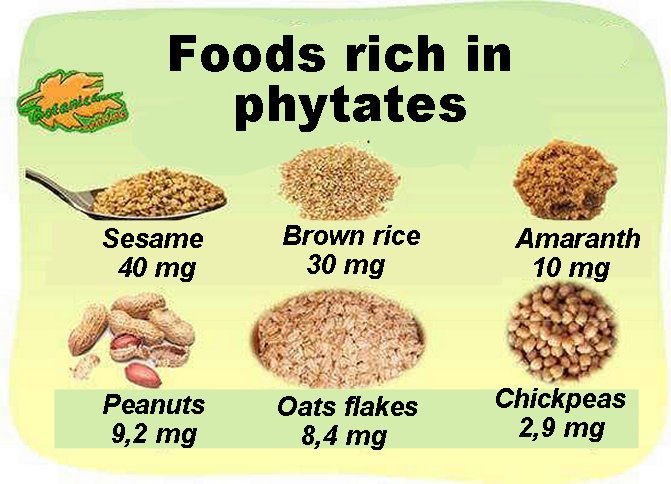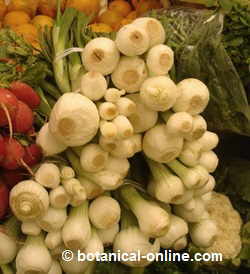Contents
HISTORY OF TEA
The legend of the origin of tea
Tea plant is native of Southern China. According to a legend, tea was discovered by Emperor Shennong, Shen Nong or ” Divine Farmer ” (2738 – 2696 BC).
Shennong is a character from Chinese mythology, which was considered the discoverer of medicine. He taught the people on the proper use of medicinal plants, among which the tea was.
Shen Nong urged his people to boil water before drinking, as a hygienic preventive measure.
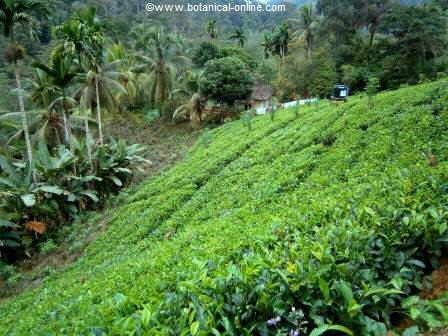
Tea garden in Deyanika (Sri Lanka)
There are two hypotheses about the discovery of this drink:
– A story tells that the Emperor Shennong, who was traveling with his escort, carried long distances. One day, during one of his trips, he stopped to rest in the shade of a tree he did not know. He was thirsty, and as usual, put water to boil. Suddenly, a gentle breeze took tea leaves into the cup of hot water. Shennong saw that the water was tinted golden color and tasted: It tasted sweet and sour at the same time enjoyable. He had discovered tea.
It is said that Emperor Shennong, thereafter, used tea as a remedy for poisoning when testing new medicinal plants. This could be explained by the tea richness in tannins.
This is reflected in the book ” Classic of roots and herbs “, which speaks of 365 classified mineral drugs, plants and animals, tea appears as remedy for poison.
When it is necessary to take a hefty dose of tea for an evacuation and heavy sweating, you can effectively and practically manage a tea decoction or a strong infusion particularly in inflammatory diseases because of the sedative virtue enjoying tea, it will help the diluent action of hot water; it generally causes perspiration, without stimulating or irritating the nervous system. —- It is said that in Japan and China gallbladder stones are very rare and it is supposed in these nations Tea has the virtue to prevent them; much more water being sweeter and of higher quality, and more efficient —– From all it is said it is very likely that this infusion should be banned for children and young people because it weakens the stomach, and alters the digestive faculty, and engenders many ailments, and thus should be informed to young people that the continued and consistent use of this liquor harms health, weakens the overall strength and alters the temperament |
Story of ” Treaty uses, abuses, properties and virtues of tobacco, coffee, tea and chocolate “, written by Antonio Lavedan surgeon and published in Madrid in 1796.
History of tea in China
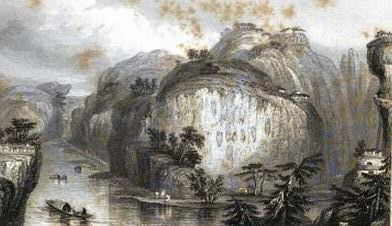
Illustration of a nineteenth -century Chinese landscape
All tea culture, ranging from the care of this plant, its processing, preparation and how to prepare the tea, come from the technical sophistication of China, which has collected over the centuries, all customs and traditional ways in relation to this drink.
In the years 222-589 BC, during the time of the Six Dynasties (” Liu -Chao “) tea as a medicinal plant spread throughout southern China. Because of its attributed virtues, this drink was widely accepted among the population, to become a daily habit. The first poems and songs about tea appeared. We have, for example, how the peasants had to walk kilometers to deliver their best tea as tribute to the Emperor.
In the eighth century begins to expand the tea trade, and this becomes a fashionable drink among social circles and is a matter of distinguishing between some classes. During the Song Dynasty meetings to take tea began (Song Ceremonies), which in Japan later become the practice of the Cha -no- yu or Japanese Tea Ceremony.
In 780 the first book about tea was published : Ch’a Ching, written by Lu Yu, a disciple who learned the teachings of Confucius. Lu Yu learned all about the plant since it lived in a tea producing province. In his book, he points out that there is already a “ritual” of drinking tea: How is served, what utensils, etc..
Later, the tea houses appeared, called Guangdong or Chalou, where tea parties were celebrated with all kinds of luxuries and utensils to prepare this beverage. (Marco Polo speaks in his diaries of these tea houses in China).
At the time of the Ming Dynasty (1368 – 1644) arrived the first porcelain utensils to serve tea (Chien) . The tea was an expensive product, that, at the time, was a booming export.
The teapots had a small size, and the tea leaves were reinfused again and again throughout the day (which is still done with certain types of tea such as Gyokuro). In this time, the first blends were made with petals and aromatic flowers, and pressed tea gives its way to the dried tea leaves as we know them today.
China ‘s neighbors also took tea culture, such as Mongolia, Tibet, India and Japan. Specifically, tea was a drink very well accepted by the nomads, who then almost exclusively fed on meat and dairy.
Traditionally in China, tea is not sweetened with sugar, neither milk nor lemon is added.
The tea was consumed initially as a medicinal plant, such as is still currently been taken in this country, where it is considered a cultural drink, socio-economically healthy and important.
The ancient tradition of drinking tea is associated with the origin of Chinese civilization, a beverage that can not be missed in any social celebration.
Tea growing countries
Until the late nineteenth century, China was the only country producing tea. Until then, all tea growing attempts were blocked by the East India Company, which had a monopoly of Chinese tea exports.
It was at middle of this century when the British introduced tea cultivation in its colonies in India, in the province of Assam and Darjeeling later.
Currently, these two areas of India are emblematic and produce high quality teas.
In Ceylon (now Sri Lanka) tea cultivation was created due to the decline in coffee plantations, because of diseases such as rust. Tea is perfectly adapted to the climate of the region,
India, Thailand, Vietnam and Sri Lanka (formerly Ceylon) are the main tea producers in the world

Story of ” Tea: It’s effects, medicinal and moral ” written in 1839 by George Gabriel Sigmond)

Story written by Giovanni Botero in 1589. This is one of the first European works that allude to tea. Speaking with reference to a letter from Marco Polo to China and to the letter of John Baptist Ramusio in Navigationi et Viaggi book was published in 1559.
Expansion of tea in the world
Tea in Europe
– Trade routes between Europe and Asia allowed the entry of tea on the mainland, but, at that time, it was not an easy to get or particularly known product.
– One of the first countries to know China was Portugal, thanks to the expeditions of Vasco de Gama. In 1590, the first Portuguese ship arrives in China.
– Later, China allowed the Portuguese to embark on the island of Macao for trade (The Chinese considered sailors from the West to be dangerous ).
– Following the popularity of tea as a medicinal beverage in the East (It was said to be responsible for the longevity of Asians), it caught the attention of traders who began to import it to Europe. The Dutch East India Company imported the first major shipment of tea from Java to Europe in 1619. So, in Europe, the tea began to be sold in pharmacies.
– Simon Pauli, German physician and botanist, warns of possible contraindications of tea in an article published in 1635. Later, in 1746, published a treatise on tea, chocolate and coffee which warn of new dangers, to protest the introduction of these alien plants into the traditional customs.
– In the seventeenth century, the European aristocracy used to drink tea as a symbol of nobility and distinction, in ceremonies and meetings, excited by booming exports of spices and food trade between East and West.
– At first, tea was supplied to England by the Dutch, until in 1600 it created the English East India Company. In a few years, this company managed to overcome the Dutch Company and became the monopoly of the tea trade for over two centuries.
– The first sale of tea in England was in the cafe Garraway of London in 1657. Thomas Garraway, the owner hung a sign on the door announcing the many medicinal properties of this drink, which spread throughout the city.
– In 1662 King Charles II of England married the Portuguese princess Catherine of Braganza, who was a great fan of tea (tea was consumed between the Portuguese nobility).
– Catherine is the Queen who is credited with introducing tea to the English culture. Today is very rooted in the traditions of the country.

This verse was written in the early eighteenth century by the poet Alexander Pope. Refers to Queen Anne of England, who became popular because many cups of tea consumed each day.
– In parallel, Russia makes trade with China through long routes with mules and horses. In 1689 it was signed the Treaty of Nerchinsk where they agreed to do their trade in the city of Kyakhta. In the eighteenth century tea was widely consumed in Russia. The Samovar, Russian metal instrument for tea, was created.
– At the end of the century, the Dutch brought tea to Germany, although its expensive price and medical warnings like those of Simon Pauli made tea not acquire much popularity. The most widely consumed beverage in Germany was the beer.
– French Tea generated some controversy about its use as a medicinal plant, but it was very popular among the nobility. The English custom of drinking tea with milk comes from France.
– The tea arrived to Spain in the late eighteenth century as a fashion imported from France and England, but failed to surpass the popularity that coffee and chocolate had in this country.
An article by Mariano José de Larra published in 1828 says:
Not long ago I was going down the street, thinking about something of little value, when I raised my head and I found myself with a poster bigger than me, it said, with lyrics that are difficult to write : tea ladies. Do they want you to believe what I say? Indeed I have a hysterical woman who is affected too, as this disease is so common in ladies, you see that the very desire made me consent it had to be a medicine to some women, [… ].
In Spain, where the ladies do not drink tea, if not when there is faint and they do not accidentally have chamomile at hand, cordial flowers, sage or something similar to the ones that say they are good for such cases, and therefore they speak together when taking it, because as I wanted to put a title of something to eat or drink, why did they not say the ladies chocolate? As if it was necessary to discuss that some ladies were taking something!
– In the late nineteenth century, William Gladstone, Prime Minister of Queen Victoria of England announced: ” If you are cold, tea will warm you. If you are hot, tea will refresh you. If you are depressed, tea will cheer you up. Whether you excited, tea will calm you. ”
Tea in America
– Tea arrived to America through the English and Dutch colonies. Both countries had a East India Company, so they were competing in the tea trade. This was an expensive product that only the settlers or wealthy families could afford.
– The problem started during the tea declive of the East India Company of England, which coincided with the Seven Years War. Initially, King George III of England tried to raise taxes on the American colonies to raise more money to keep his empire.
– One of the most famous tributes were the Townshend Acts in 1767 tax levied on some products, including tea. Later, this law was repealed and only kept the tax on tea, known as ” the tax of three pence “.
– In rejecting these impositions, teas of English origin were boycotted and the colonists consumed contraband tea obtained from Netherlands.
– In 1773 the revolution succeeded with what is known as ” Boston Tea Party”: The first ship that arrived after the imposition of the ” Tea Act ” (another law to get more taxes) could not enter the Boston Harbor because it was barred. On the night of December 16, 1773, while the ship was docked, the boat was stormed and the entire cargo of tea thrown into the sea.
Tea today
As we have seen, tea is much more than a medicinal or aromatic drink. It has become a tradition and an important part of many cultures.
In the current definition of the Dictionary of the Royal Spanish Academy, tea definition is as follows: ” Meeting of people held in the afternoon, during which refreshments are served, being tea part of them “.
![]() More information about tea.
More information about tea.

